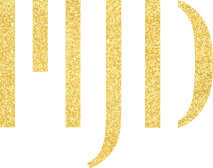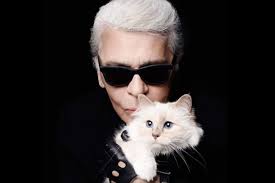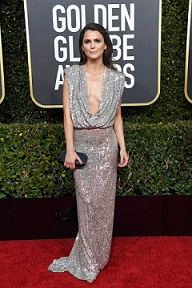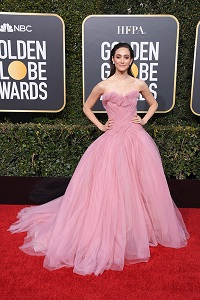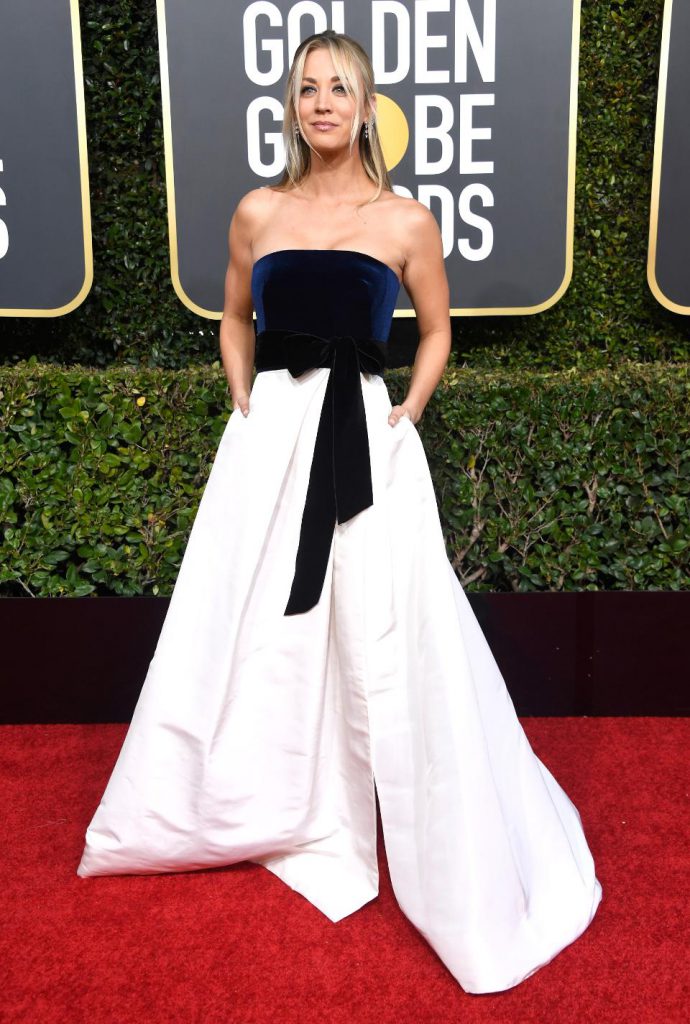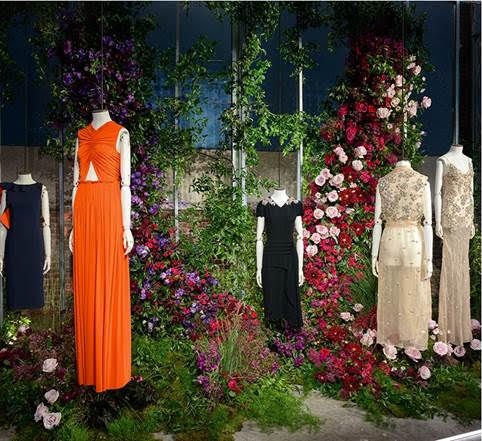
“April showers bring May flowers,” but they also bring April blooms as well – rapturous, Wordsworth-y daffodils, vibrant tulips, filigree hyacinths, blazing forsythias and comforting pansies in velvety indigos and creamy whites. And that’s not including a pink-white array of apple, cherry, plum and magnolia blossoms.
But not all the blooms are rooted in the earth as fashion continues to rival Mother Nature’s glory with a riot of floral dresses. Indeed, flower prints and embellished floral appliqués represent the most important trend of the season, say Anastasia Cucinella and Debra O’Shea, co-owners of Mary Jane Denzer.
From the office to the cocktail party, women are donning Erdem, whose explosion of black flowers is silhouetted against sexy, sophisticated pastel designs; Marchesa, whose florals cascade from diaphanous ruffles; and Pamella Roland, whose big, bold blooms splash across sweeping skirts. Meanwhile, Valli girls – as in Giambattista – strut their stuff in blossom-decked minis and cropped jackets, and florals climb the layered, fitted creations of Jason Wu. These are just some of the flower-powered designers you’ll find at MJD.
Florals are no longer just for the soft seasons, though. On their recent buying trip to Paris, Cucinella and O’Shea observed that the trend continues strongly through the fall. (Credit designers like Dolce & Gabbana and Prada, who helped introduce florals on dark backdrops for winter several years ago.)
The late-year floral finds expression in the work of Peter Pilotto, a 12-year-old English fashion house headed by the Austrian-Italian Pilotto and his partner, the Belgian-Peruvian Christopher De Vos, that’s a new addition to MJD’s roster of couturiers. (The relatively low-profile label made a splash last October with its striking wedding dress for Princess Eugenie, which celebrated her curves and scoliosis scar with a fitted, angular bodice that included a plunging V back.
In a sense, that dress crystallizes the Pilotto style for fall – tailored yet feminine clothes with prominent shoulders, cinched waists and flowing skirts that flirt with the 1940s and range in evocations from Hungarian Zsolnay ceramics to mid-century Pop art.
Autumn leaves drift from these creations. But autumn is blissfully still a dream away and Pilotto’s pre-fall florals, which you’ll find at MJD, are perfect for those summer parties that will soon be filling your calendar.
